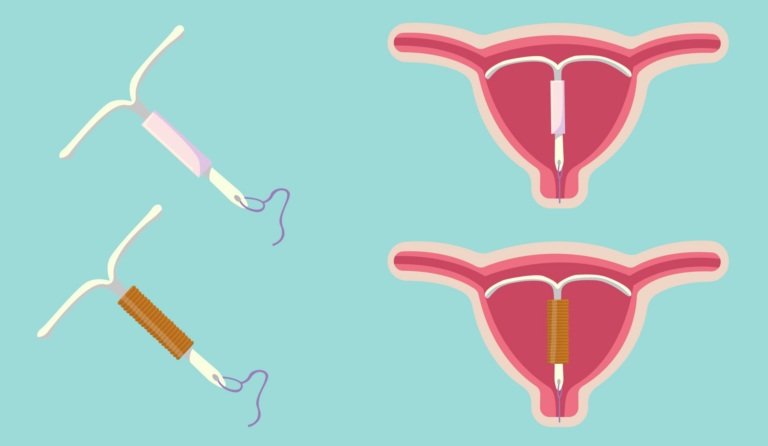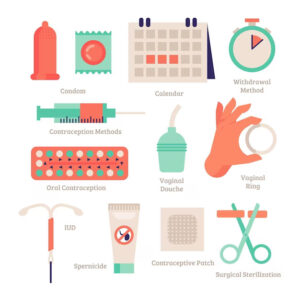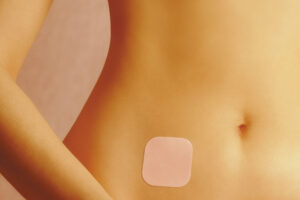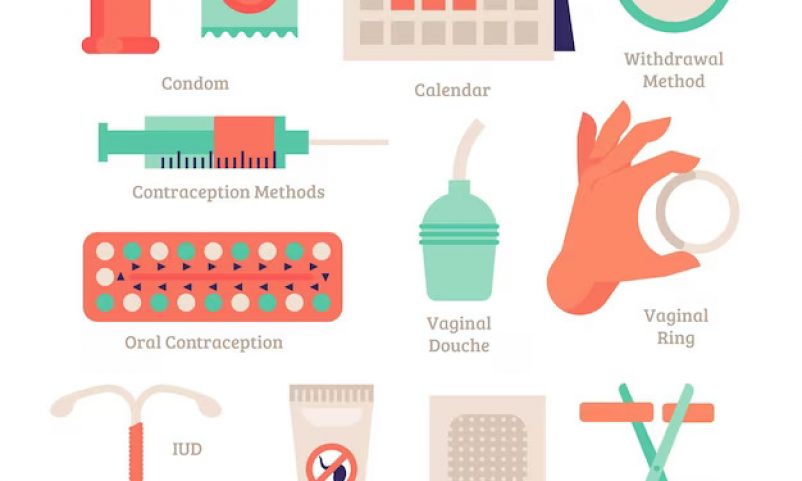Getting your IUD removed may help you feel relief that these years of reliable birth control are finally coming to an end. A doctor may recommend these for some reasons, including experiencing a heavy menstrual cycle, painful cramps during your menstrual cycle, or to prevent pregnancy.
As the time for removal approaches, it’s natural to wonder what exactly might happen and whether you’re making the right choice by taking it out.
In this post, Dr. Michelle Chia, Medical Director of Ezra Clinic, shares insights from her personal experience and will guide you through what to expect during an IUD removal: preparation, process, risks, and cost.
When should I remove my Intrauterine Device (IUD)?
An Intrauterine Device (IUD) is a reliable birth control method to prevent pregnancy. An IUD is a small, T-shaped device that is inserted into the uterus to prevent pregnancy. It is long-term, reversible, cost-effective and highly effective among all birth control methods.
There are two types of IUDs: hormonal IUD known as Mirena and the copper IUD, which are wrapped in a tiny bit of copper. The hormonal IUD releases progestin that thickens the cervical mucus and thins the uterine lining. This prevents one from becoming pregnant. The copper one is wrapped in a tiny bit of copper that prevents pregnancy by not allowing the sperm to fertilise the egg and may also make it harder for a fertilised egg to implant in the uterus.
The decision to remove an IUD from the uterus should be based on individual circumstances and intentions. The reasons to remove an IUD include:
Desire to get pregnant: If you want to get pregnant, you need to remove the IUD from the uterus.
Expiration date: An IUD lasts for a few years. For example, Copper IUD and Mirena are effective for up to 5 years. When the IUD reaches its expiration date, it needs to be replaced, and the old IUD needs to be removed.
Sexually transmitted infections: If you develop a pelvic inflammatory disease or are at risk of sexually transmitted infection, the IUD may need to be removed if it is deemed necessary by your doctor.
Side effects: IUD is removed if you experience severe side effects such as pain, bleeding, or other discomfort or other side effects.
How do I prepare before the removal?
Before your IUD is removed, there are a few things you can do beyond scheduling your appointment.
This procedure can usually be done in the same visit and is done by a women’s health doctor who is experienced with iud removal work.
If you want to replace your intrauterine device with a new IUD, this instance can be due to necessity (expired) or if they don’t want to get pregnant or have complications. You can have IUD insertion on the same day as the removal in the doctor’s office. It ensures continued contraceptive protection.
You should avoid having sex seven days before your appointment to reduce the risk of infection. Additionally, you should avoid using any vaginal medications or products like tampons, douches or spermicides for at least 24 hours before the doctor’s appointment or office visit. It could introduce bacteria to the vaginal or cervix area.
What to expect during the removal?
The device removal is a simple procedure. You can expect the following process:
The device removal is a quick procedure that typically takes only a few minutes, but it may take longer if the doctor encounters difficulty.
You will lie on a table with your knees bent and legs apart. A speculum will be inserted into your vagina to widen the opening and keep the vagina open. The doctor will visualize if the IUD strings can be seen at the cervix.
The doctor will slowly pull on the IUD strings with a grasping tool to remove the device. If the strings are not visible, a special tool like an IUD hook may be used to locate and remove the IUD.
It is important to gently pull the device out through the cervix.
You may experience mild cramps during the removal, and the IUD may cause brief discomfort or cramping.
Light bleeding or spotting after the removal is common for a few days following the procedure. Heavier bleeding or passing of blood clots is not normal and should be reported to your health provider.
What happens next?
After the IUD removal, you may experience some discomfort and bleeding. The process is typically fast and may cause mild cramping. You might have some light spotting or bleeding for a few days or weeks after the removal. Over-the-counter pain relievers can help manage any discomfort.
If needed, a new IUD can be inserted right after the removal to ensure continued birth control. It’s important to contact your healthcare provider if you experience severe cramping, heavier-than-usual bleeding, foul-smelling vaginal discharge, fever, or painful intercourse after that.
Does IUD Removal Hurt?
The level of pain during IUD removal is generally minimal.
Most people describe the discomfort as similar to a routine pelvic exam involving mild cramps that last only a few seconds. Some individuals compare the sensation to removing a tampon but for a very brief period. The process is typically quick and should not be very painful, with most people finding the insertion of an IUD more painful than its removal.
However, the level of discomfort can vary from person to person, with some experiencing the pain of a menstrual cramp while others feel no pain at all.
What are the Risks of IUD Removal
During IUD removal, several complications may arise, including:
Lost Threads
IUD threads sometimes drop out or coil into the uterus, making it not possible to remove it in the clinic.
This may require further instruments or minor surgery to remove the device in the hospital setting.
IUD Migration
In rare cases, the IUD moves from its original position, leading to complications such as perforation of the uterus or discomfort.
Incomplete Removal
There is a small chance that the IUD may not come out easily, especially if IUD strings are not visible. This may require additional measures, such as ultrasound guidance, and in rare cases, surgery may be needed.
Other Complications
Other potential complications during IUD removal include severe pain, heavy vaginal bleeding, foul-smelling discharge, and the risk of infection. In rare instances, if the woman is pregnant with an IUD, it also increases the chance of pregnancy loss. Seek medical attention if any of these symptoms occur.
Can I get pregnant after the removal?

Yes, it is possible to get pregnant after IUD removal. Fertility can return immediately after IUD removal. There is no waiting period for trying to conceive after the removal process.
However, getting pregnant after IUD removal also depends on the absence of other fertility issues unrelated to the IUD.
When should I contact my healthcare provider?
If you experience any of the following side effects after IUD insertion, you should contact your healthcare provider immediately:
Fever
Long-lasting or heavy bleeding
Painful sex
Unusual vaginal discharge
Severe pain or cramping
Signs of infection, such as flu-like symptoms, chills, pain, bleeding, vaginal discharge, or fluid leaking from your vagina
It is also important to contact your healthcare provider if you can no longer detect the IUD strings in the vagina, as the doctor may need to check to ensure that the IUD is still in the right place.
How Much IUD Removal Cost?
The cost of IUD removal can vary, but in Singapore, it is generally cheaper than the insertion. The cost of IUD removal is usually in the range of $300 – $400.
Where can I get my IUD Removed in Singapore?
IUD removal is a straightforward procedure that can usually be completed within a few minutes and with minimal discomfort. It’s important to be aware of the potential risks and to follow precautions as advised to minimise them.
After removal, fertility typically returns immediately. Consult with a healthcare provider for any post-procedure concerns. The cost of IUD removal can vary, so it is advisable to check with the clinic for the exact fees.
In Singapore, there are several places where you can have an IUD removed, such as Ezra Clinic. They provide service that ensures safe and comfortable procedures.
Conclusion
Iud removal is simple and quick and can be done in a medical clinic. While some individuals may experience mild discomfort, significant pain or complications are rare.
Potential risks associated with the process include lost threads, IUD migration, incomplete removal, and other complications such as severe pain, heavy bleeding, and the risk of infection. Following the removal, fertility returns immediately, making it possible for someone to conceive if they wish to do so.
In Singapore, the cost of IUD removal is generally affordable, with a number of clinics like Ezra Clinic offering these services. Always consult with a healthcare professional for a safe and informed experience.








